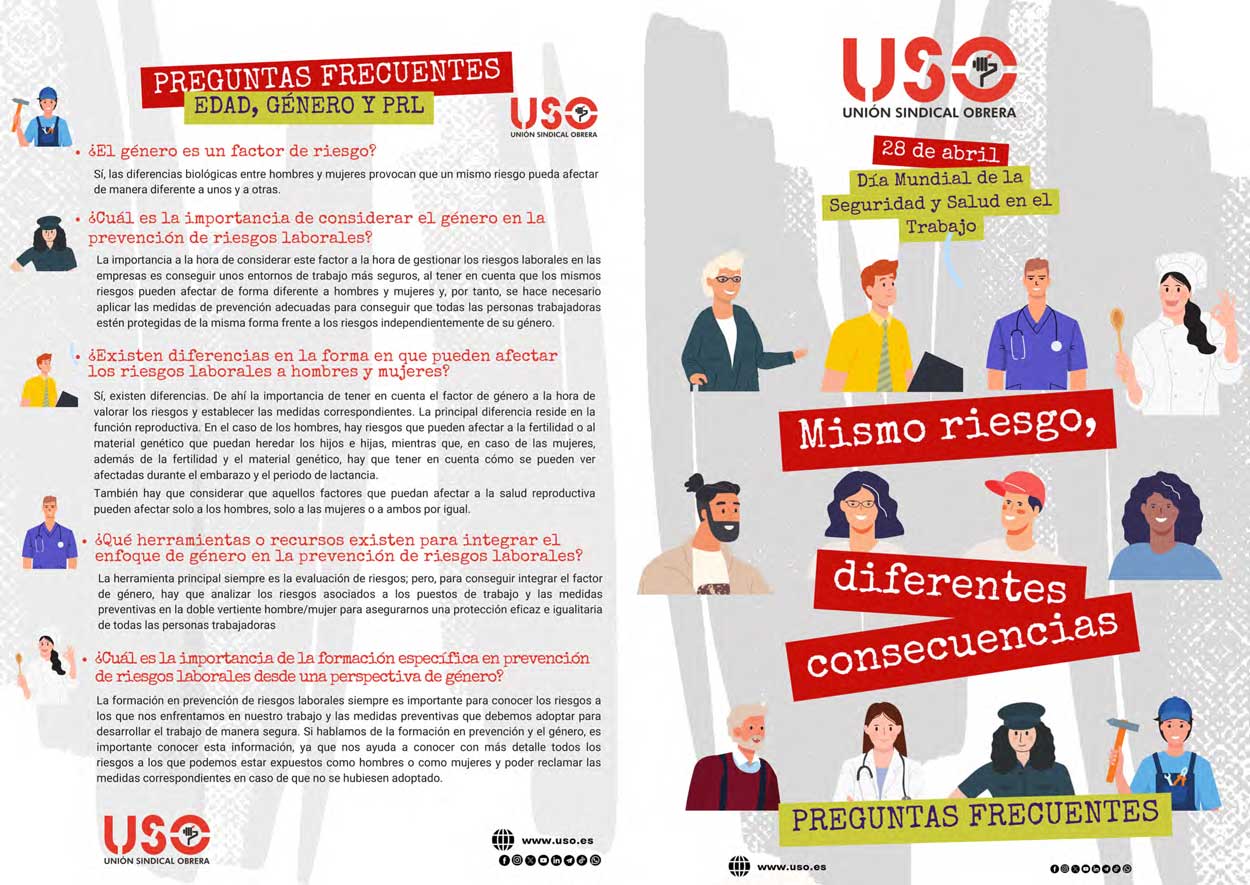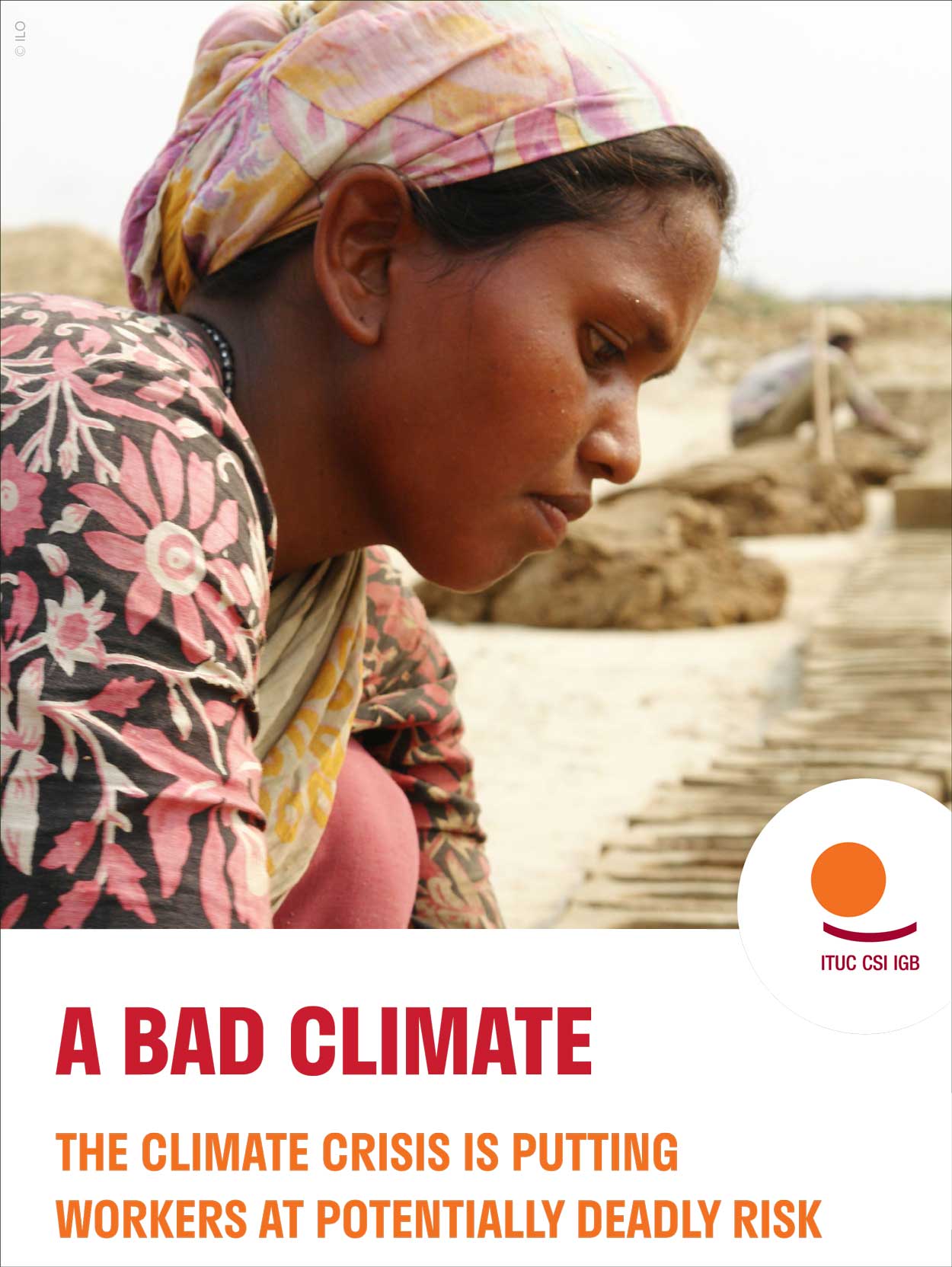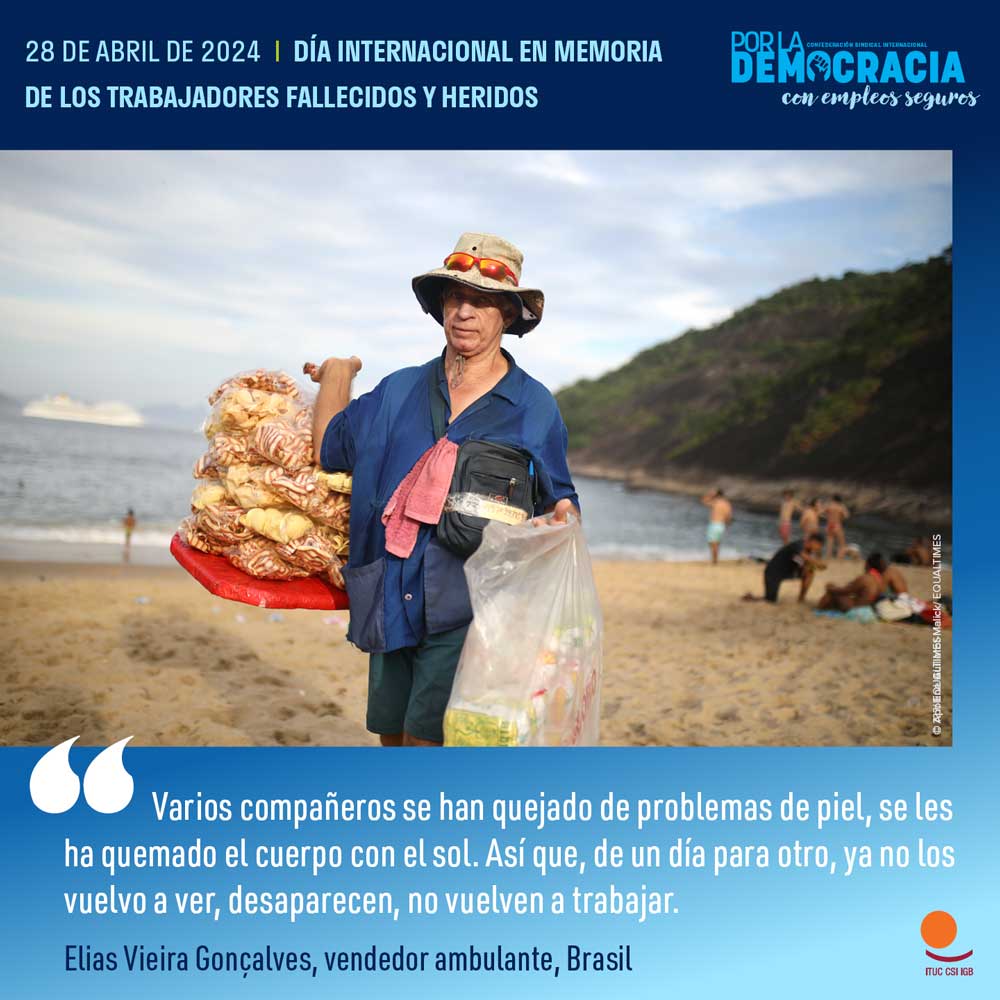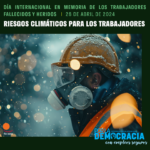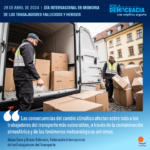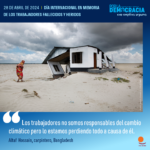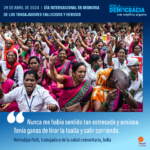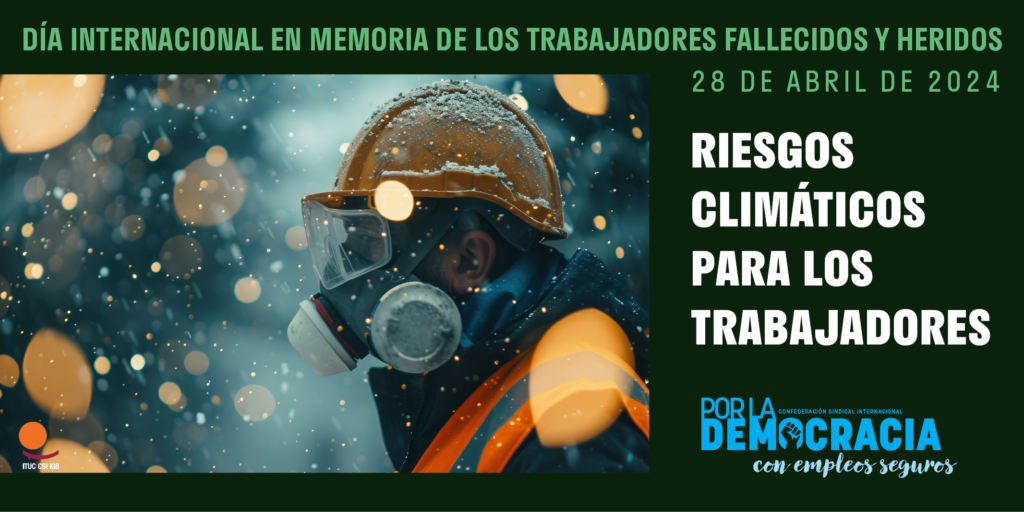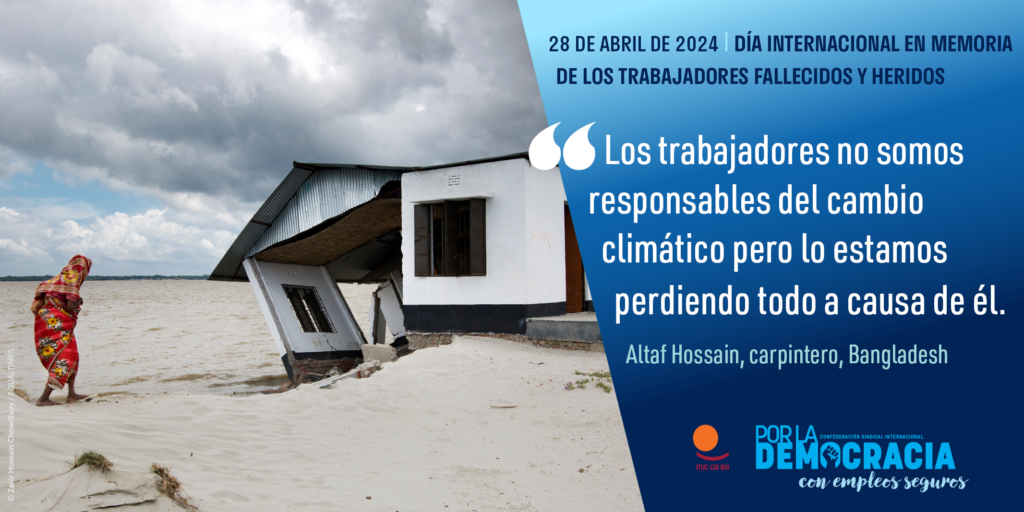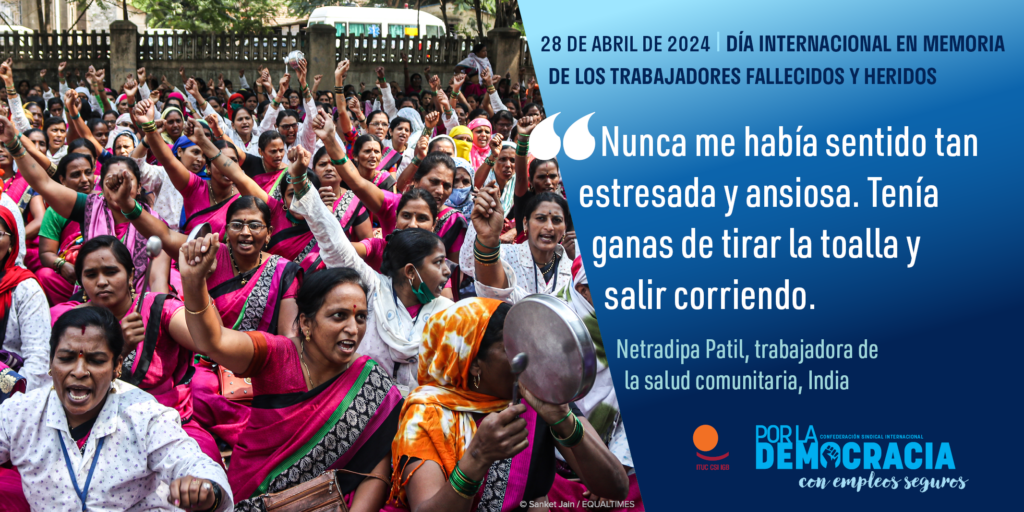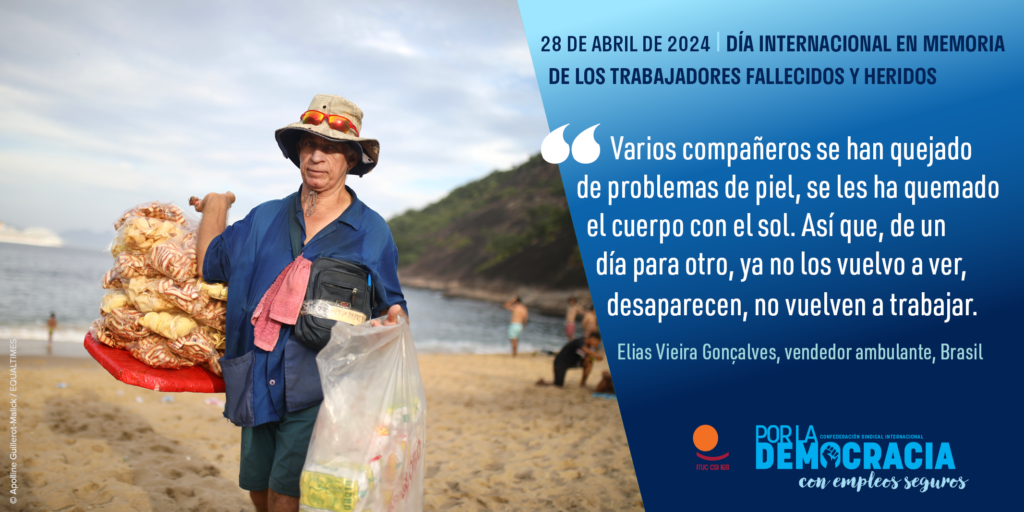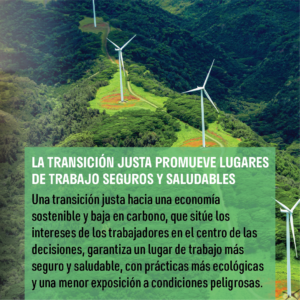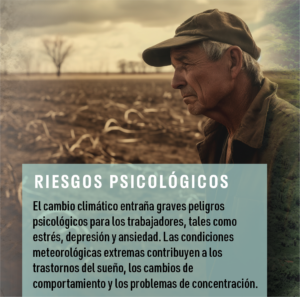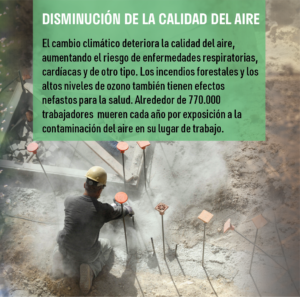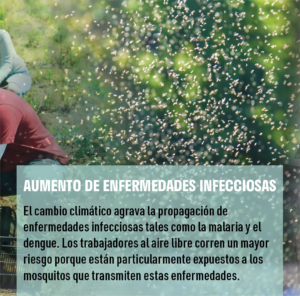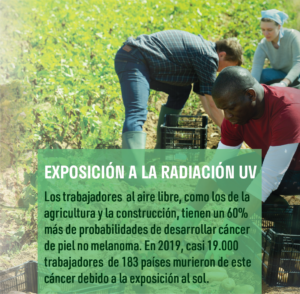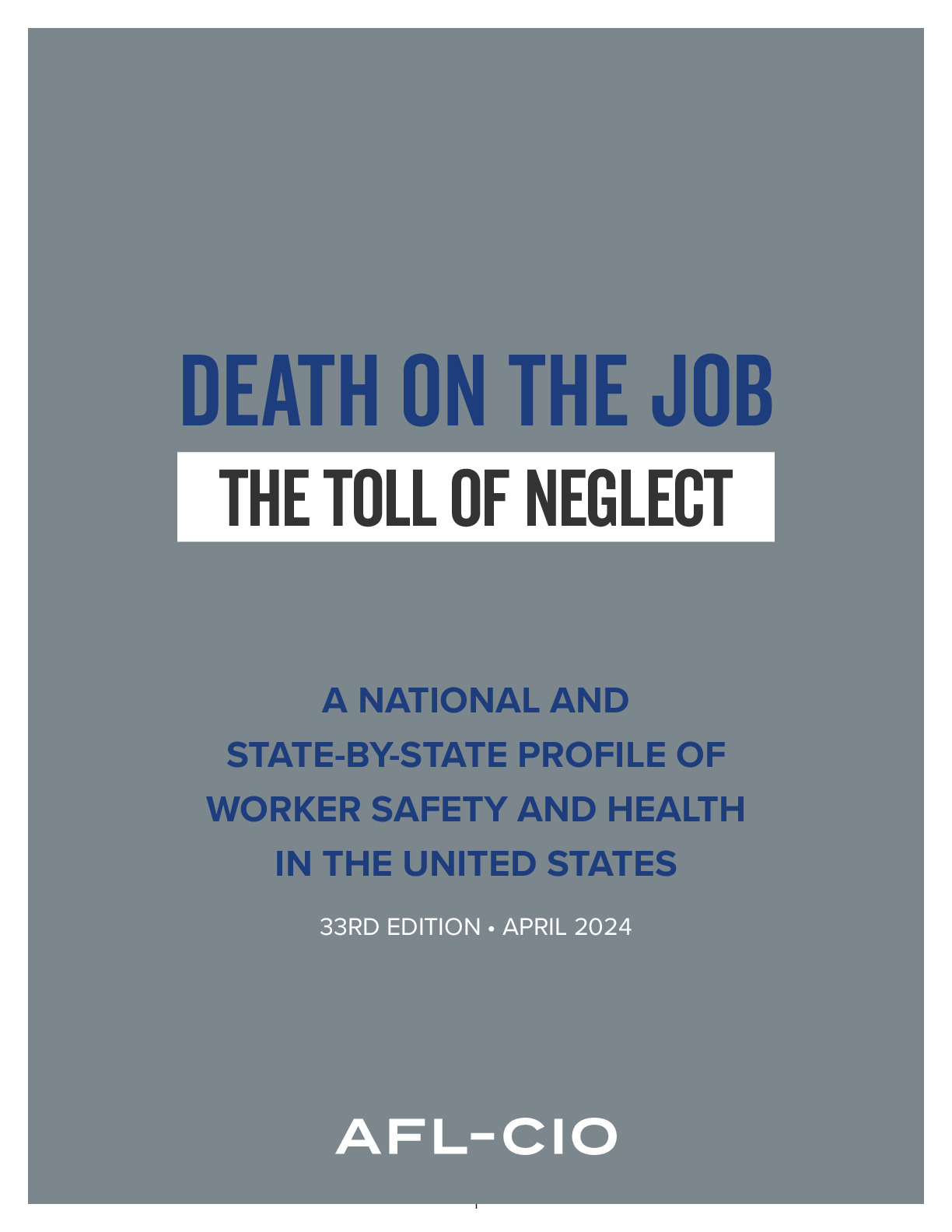 On 25 April, ahead of Workers Memorial Day on April 28, the AFL-CIO released their 33rd annual report, Death on the Job: The Toll of Neglect. This annual report serves as a national and state-by-state profile of worker safety and health, offering direction to policymakers and regulatory bodies as they strive to address the scourge of working people facing death, injury and illness at work. Among the report’s startling data are the disproportionate rates of Latino and Black workers at risk of dying on the job. Black workers are facing the highest job fatality rates in nearly 15 years and Latino workers continue to face the greatest risk of dying on the job, compared to all other workers.
On 25 April, ahead of Workers Memorial Day on April 28, the AFL-CIO released their 33rd annual report, Death on the Job: The Toll of Neglect. This annual report serves as a national and state-by-state profile of worker safety and health, offering direction to policymakers and regulatory bodies as they strive to address the scourge of working people facing death, injury and illness at work. Among the report’s startling data are the disproportionate rates of Latino and Black workers at risk of dying on the job. Black workers are facing the highest job fatality rates in nearly 15 years and Latino workers continue to face the greatest risk of dying on the job, compared to all other workers.
The report also sheds light on the enormous cost of job injuries and illness on our society—an estimated $174 billion to $348 billion a year—and the flat-funded budget for job safety agencies to fulfill their growing duties, which do not even keep up with inflation. It also outlines key strategies to address this crisis, including a renewed commitment to regulatory oversight agencies, improved data and transparency, stronger deterrents against employer retaliation, and prioritizing standard-setting and enforcement.
“Despite workers’ hard-won safety and health rights, this report shows the fight is far from over,” said AFL-CIO President Liz Shuler. “Too many workers face retaliation for reporting unsafe working conditions or injuries, while low penalties fail to deter employers from following the law. The alarming disparities in workplace fatalities among workers of color are unacceptable, symptomatic of deeply ingrained racial inequity and the need to pay increased attention to the dangerous industries that treat workers as disposable. As we honor those who have fallen this Workers Memorial Day, we remain committed to holding corporations accountable so that all jobs are safe jobs—where every worker can return home safely at the end of the day.”
“This report exposes an urgent crisis for workers of color and reaffirms what we’ve long known: When we talk about justice for workers, we must prioritize racial equity,” said AFL-CIO Secretary-Treasurer Fred Redmond. “The fact that Black and Latino workers continue to die on the job at disproportionate rates demands a reckoning with the failure of employers to protect them. We must honor the lives lost on the job with action, as we recommit ourselves to advancing safety, health and equity for all workers.”
This year’s report reveals that in 2022:
- 344 workers died each day from hazardous working conditions.
- 5,486 workers were killed on the job in the United States.
- An estimated 120,000 workers died from occupational diseases.
- The job fatality rate increased again to 3.7 per 100,000 workers.
- Workers of color die on the job at a higher rate: Black and Latino worker job fatality rates are disproportionate compared with all other workers and are continuing to increase.
- Black workers’ job fatality rate was the highest it has been in nearly 15 years—4.2 per 100,000 workers.
- Latino workers’ job fatality rate increased again to 4.6 per 100,000 workers—meaning they continued to face the greatest risk of dying on the job than all workers, at 24% higher than the national average; the rate marked a 24% increase over the past decade.
- Employers reported nearly 3.5 million work-related injuries and illnesses, an increase from the previous year.
These sobering findings stress the urgent need for immediate action to prioritize worker safety and shed light on the escalating challenges facing workplace protections. Progress has been hindered by growing opposition from big corporations to workers’ rights and protections. Extremist politicians have also unnecessarily politicized critical issues such as climate change and the COVID-19 pandemic, which has created more challenges to longstanding problems of heat and infectious disease exposure in the workplace, and the lack of funding has left our agencies scrambling to keep up.
And in this critical election year, the stakes are even higher for those who need safe working conditions. The stark difference between the Biden and Trump administrations’ worker safety and health records underscore this significant moment for workers. While the Biden administration has issued strong standards and enforcement initiatives and has tirelessly worked to rebuild and fortify job and safety agencies after years of neglect and erosion, the prior administration’s actions led to severe understaffing, the repeal of essential worker safety laws, restrictions on public access to vital information and weak enforcement against employers who violate the law.
In light of these report findings and obstacles we continue to face, the AFL-CIO remains committed to prioritizing the prevention of injury, illness and fatalities at work, advocating for strong standards and organizing for safer working conditions while supporting leaders like President Biden who champion workers’ rights to a safe job. While there is still much work ahead, our advocacy for policies that protect workers and hold employers accountable remains steadfast. Collaboration with lawmakers, activists and allies will continue to advance workplace safety initiatives, ensuring that every worker has the opportunity to thrive in a safe and healthy environment.
Read the full report here.
https://aflcio.org/press/releases/afl-cio-releases-2024-death-job-report-ahead-workers-memorial-day
